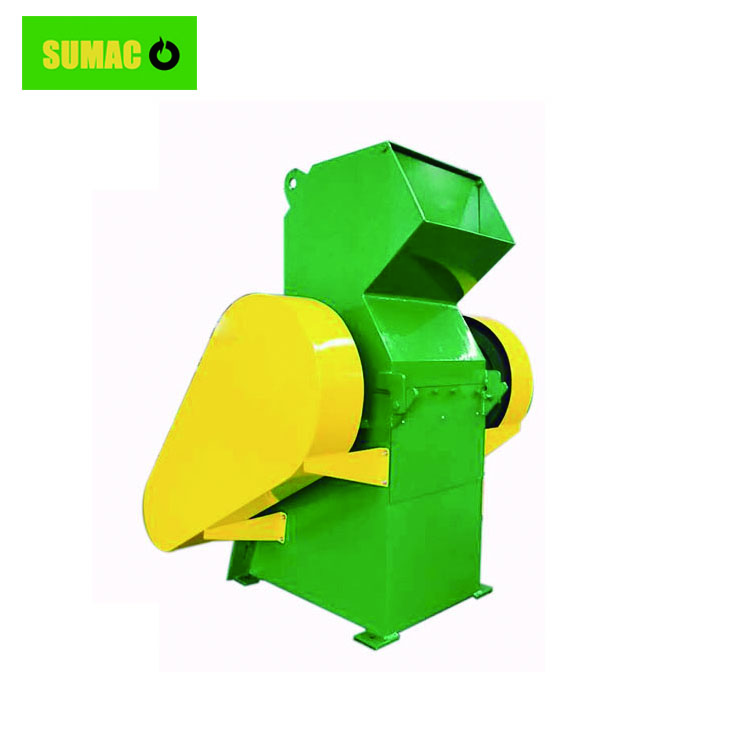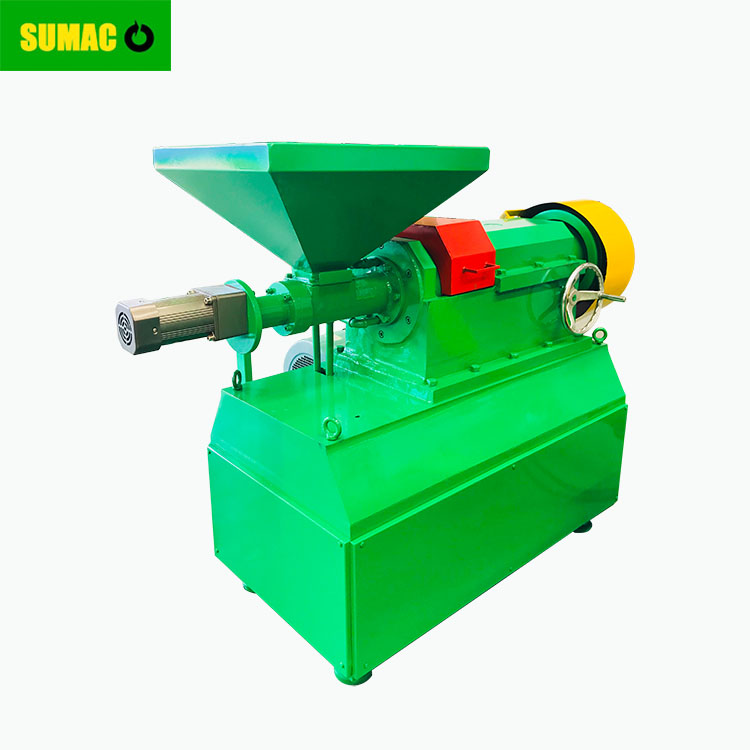Multi-sensor cameras offer a variety of benefits, including wide coverage, low equipment installation, and lower installation and maintenance costs. But like all other IT or electronic devices, there are a few factors to consider when choosing a multi-sensor camera.
Fixed and multidirectional
Multi-sensor cameras are equipped with fixed or adjustable lenses. For the former, the camera supports 180 degrees, 270 degrees and 360 degrees of field of view. “Users should choose FOV cameras that match their use cases. For example, open squares or parking lots can benefit a lot from 360 degrees, while Long Street only needs 180 degrees,†said Saleh Makarb, marketing manager for Dahua Technology.
At the same time, multi-sensor cameras with adjustable lenses allow users to see multiple directions at once. “Adjustable multi-directional cameras offer more flexibility when you don't need continuous viewing, such as using a camera to view specific areas. In this case, each camera can be adjusted independently. One camera can face At the door, other cameras are used to view specific areas of other rooms,†said Bob Mesnik, general manager of Kintronics.
compression
If the area to be monitored belongs to a highly mobile area such as a transportation hub, then choosing a camera with good compression will be a good way to save bandwidth and storage space. “When combined with intelligent encoding and H.265 compression, we are able to offer lower bitrates from four 4K cameras than H.264 standard 4K cameras. Four repositionable lenses can reduce blind spots and monitor various urban centers The situation," Panasonic marketing manager Karen Sangha said.
“Compression technology is very important to users,†said Sheng Shengfu, director of marketing and product development at VIVOTEK. "Compared to H.264 and the Smart Stream III technology developed by H.265 and VIVOTEK, our MS9390-HV can save up to 90% of storage and bandwidth."
Weather/riot
For outdoor applications, the camera should be able to withstand inclement weather and vandalism. “The IP66 rating (or higher) is ideal for outdoor-mounted cameras that can withstand extreme weather conditions,†said Jeff Whitney, vice president of marketing at Arecont Vision.
At the same time, Panasonic's Sangha mentioned their ClearSight coating technology. “This is unique to Panasonic and is designed to be waterproof, allowing the camera to capture sharp images even in rainy weather. ClearSight coatings are also effective in combating dirt, reducing the frequency of cleaning the domes. This makes them particularly suitable Video images of evidence level," she said.
WDR / low illumination
Also in external applications, multi-sensor cameras would be ideal if they have good WDR and low light performance to meet a variety of lighting conditions. “Multi-sensor cameras are still cameras that need to extract information from scenes with challenging lighting conditions. Therefore, you should find enough resolution for the required details, low enough light and wide dynamic range performance, and the ability to dynamically adapt "The cameras with these changing conditions," said Kevin Saldanha, Principal Product Manager, Pelco Imaging at Schneider Electric. .
“If the area to be captured has both shadow and bright lighting conditions, a wide dynamic range of 120 dB usually provides a good visual balance. If the end user requires a clear color image in areas with poor lighting conditions, then in a multi-sensor camera It's wise to have built-in LED lighting inside each frame," Whitney said.
installation tips
In general, with a cable and an IP address, a multi-sensor camera is easy to install – this is the first step in attracting users. But installers and users can still benefit from some of the techniques outlined.
“The panoramic multi-sensor camera is best installed at a position higher than 3 meters, at least 3 meters away from moving objects in the scene to capture a wide field of view. The multi-directional camera needs to be installed in a position that can cover the target area,†says Saldanha.
“The correct tilting and positioning of multi-sensor and multi-function camera is essential to get the maximum coverage of an area – for example, don't put the camera next to the wall, as the side view will be completely covered,†Cheng said.
Again, a good understanding of customer needs is an important prerequisite. “Before recommending the installation location, we usually start with the customer's requirements and expectations. It is very important to understand what the customer expects to see. Sometimes there are unreasonable expectations. For example, these cameras are not the best to recognize license plates 10 meters away. Choose," Mesnik said. (Text/William Pao, a&s International)
Rubber Recycling Machine
Sumac was established in 2011, specialized in Rubber Recycling Machine. It includes Rubber Crusher Machine, Rubber Mill Machine and Rubber Granulator.
The Rubber Fine Powder Grinder adopts horizontal structure. Most parts are CNC processed to ensure the installation accuracy. Compact structure, low power and vibration, easy operation and maintenance.
Tyre Rubber Crusher Machinery is horizontal type machine, small cubage, low wastage, high capacity, easy operation, easy wash and maintenance.
SUMAC will continue to develop Rubber Recycling Machines to meet the needs of more customers.



